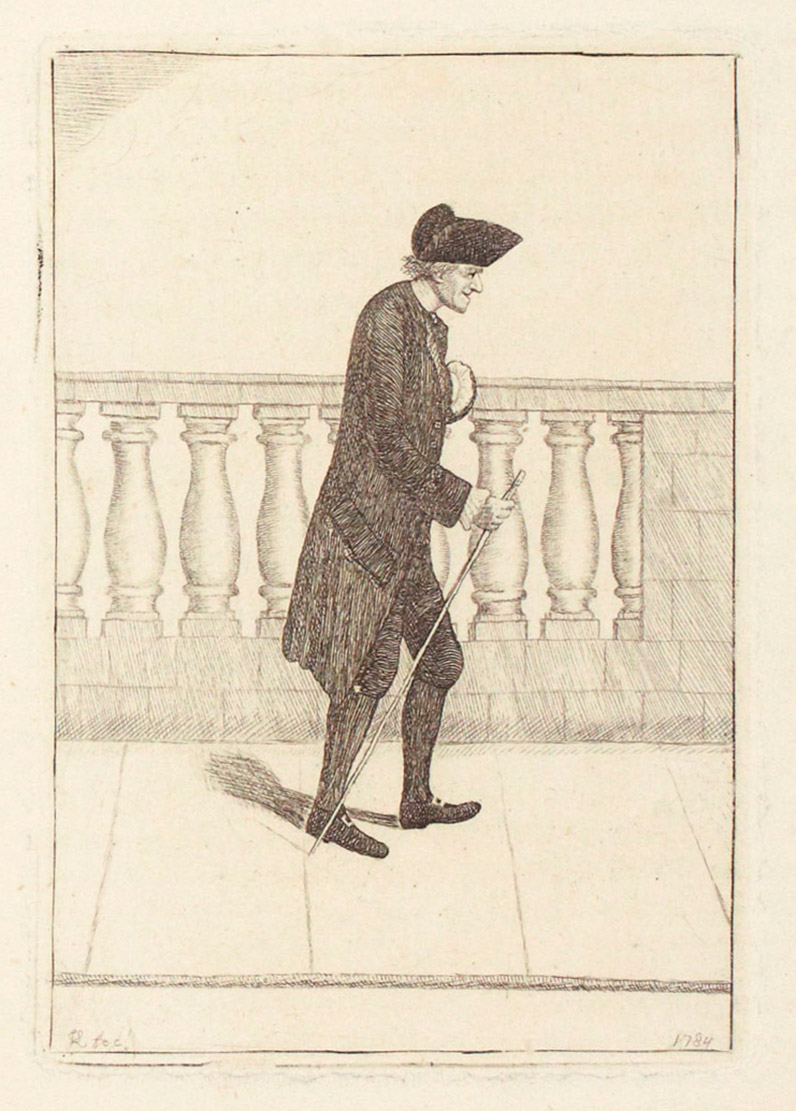Key People
John Home (1722-1808)
John Home was a Church of Scotland minister and playwright born in Leith. He was a distant relative and friend of the philosopher David Hume.
Home trained for the ministry with a number of others who would later become members of the moderate party of the Church of Scotland, including Hugh Blair, Alexander Carlyle, William Robertson and Adam Ferguson. These men were also all members of the Edinburgh ‘literati’, an intellectual and literary élite associated with the Scottish Enlightenment.
‘Douglas’, a Scottish tragedy
Home’s most notable work is the tragedy ‘Douglas’, which was first performed in Edinburgh in 1756. It was based on a ballad called Gil Morrice. David Hume considered the play an outstanding example of Scottish tragedy and dedicated his ‘Four dissertations’ to Home. However, other critics, including Samuel Johnson, did not approve of the play.
‘Douglas’ caused a huge controversy: it was written by a minister of the Church of Scotland and attended by clergy at a time when stricter Presbyterians were opposed to drama because they believed playhouses were immoral establishments.
However, the moderate party within the Church, including Hugh Blair, William Robertson and Alexander Carlyle, were supportive of the theatre.
